• 부추 빈대떡 •
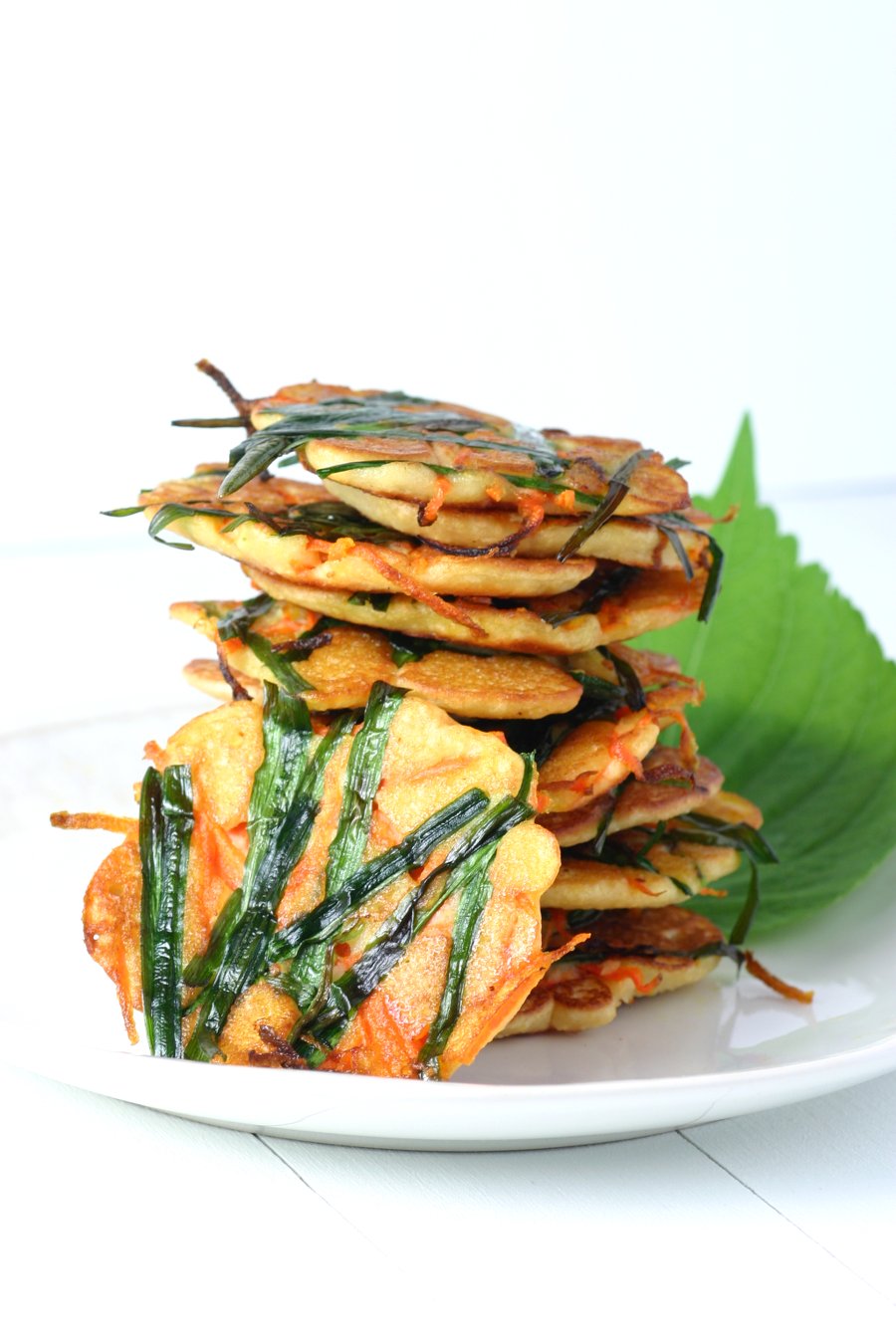
Made with mung beans and brown rice flour, these savory and gluten-free Korean Mung Bean Pancakes are chewy in the middle and crisp on the edges.
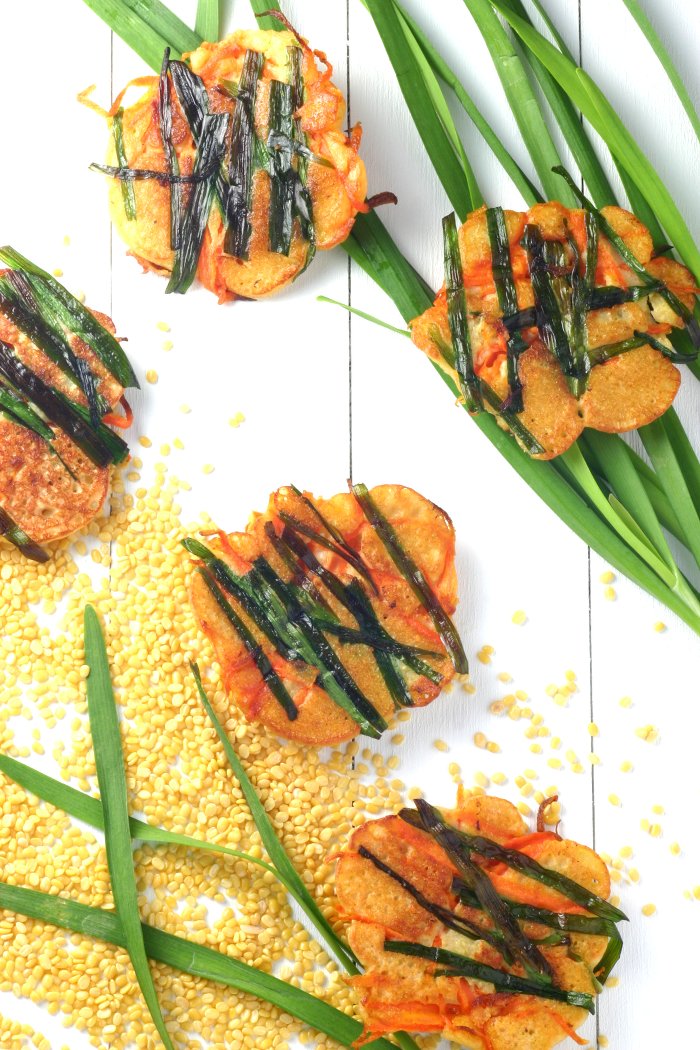
These pancakes, known as nokdu bindaetteok, are a simple and addictive Korean side dish or snack. They use mung beans, which, when soaked, become very easy to process into a paste with a blender or food processor. Often, these pancakes are made without additional flours, relying solely on the solidifying ability of the ground beans. I, however, like to make them with the addition of brown rice flour for added heft and chew. The result is somewhere between a traditional bindaetteok and a jeon, another Korean pancake that is made with flours and not ground mung beans.
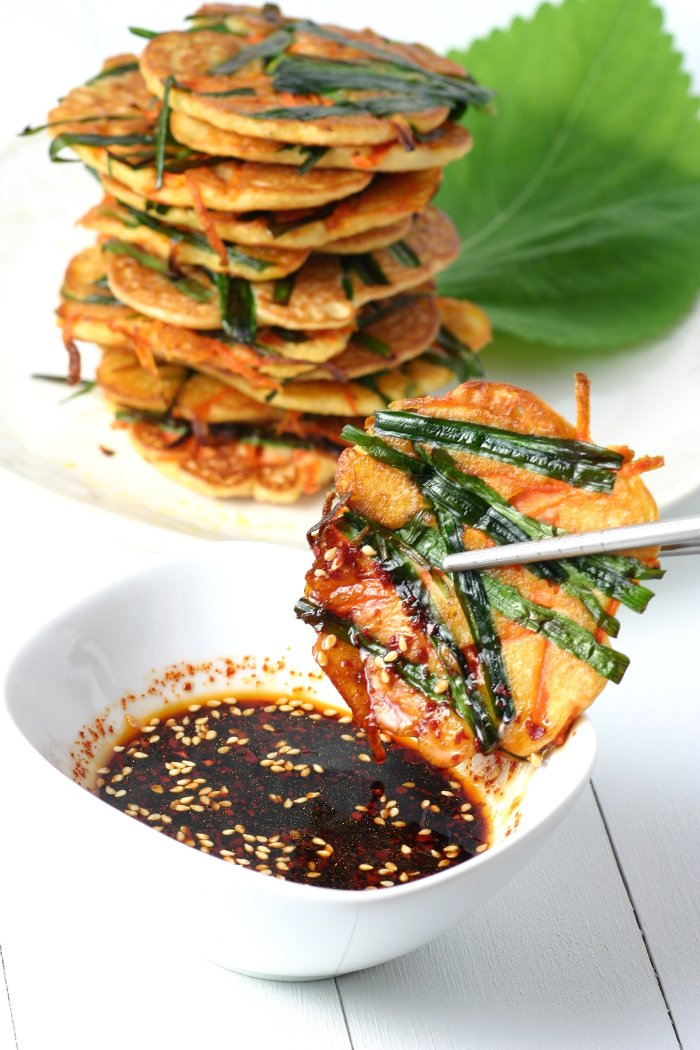
I was at the Korean market yesterday and picked up some beautiful bunches of buchu (chives) and fresh baby king oyster mushrooms. I am still undecided on what to make with the mushrooms, but I knew exactly what I wanted to make with the chives the minute I saw them. If you can’t find chives, use whatever you can find; chopped scallions, leeks, cabbage, and even shredded greens are excellent. The dipping sauce is simple, delicious, and classic: spicy, a little sweet, and lots of sesame!
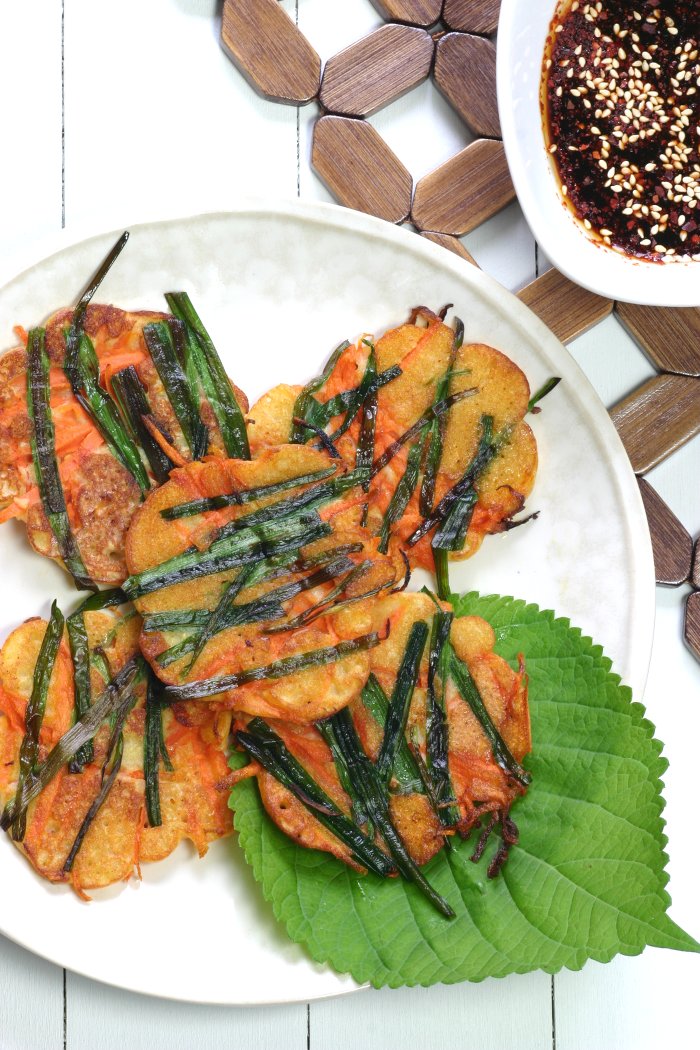
- ½ cup peeled and split mung beans, soaked in warm water for at least two hours
- 1 cup water
- 1 Tablespoon doenjang or brown miso
- 2 teaspoons sugar
- ½ cup brown rice flour
- 1 cup of chopped chives (scallions and leeks are good, too)
- 1 cup of shredded carrot
- a couple Tablespoons oil for pan-frying (any neutral-flavored oil, I used sunflower)
- 3 Tablespoons soy sauce
- 1 teaspoon sesame oil
- ¾ teaspoon sugar
- ¾ teaspoon gochugaru (Korean red pepper flakes) or ½ teaspoon common red pepper flakes
- 2 teaspoons toasted sesame seeds
- Rinse your split mung beans and soak for a few hours to tenderize.
- Drain the beans and put in a blender or food processor with the water, doenjang or miso, and sugar and blend until the beans are broken up into little bits (It doesn't have to be perfectly smooth). Then add the brown rice flour and blend again just to combine. Pour the thick, yet slightly runny, mixture into a bowl and set aside.
- Heat a large nonstick skillet on medium-high heat for about a minute then add 2 teaspoons oil to the pan. Using your fingers, put a mound of chives into the pan for each pancake. Top the chives with another pinch of carrots. Finally, using a tablespoon, put 1 Tablespoon of the pancake batter onto the chive and carrot mounds. Swirl the pan gently to redistribute the oil and cook the pancakes until the edges look browned and crisp. Take a peek under one to see how far along they are. When sufficiently brown, flip the pancakes and cook on the other side until browned. After they are done, transfer to a paper towel-lined plate to absorb excess oil. Repeat the process until you are done with the batter, replenishing the oil in the pan as needed.
- Make the dipping sauce by mixing all the ingredients together. Done! Serve with the pancakes while they are still hot.
-Do yourself a favor and buy the peeled, split mung beans rather than unpeeled. It will save you the step of peeling them. Find mung beans in any Korean or Indian market.
-Add anything you want to these pancakes. I've made them with chopped kimchi, perilla leaves, mushrooms, and peppers. All are delicious.
-This recipe makes thin, but dense pancakes. If you prefer a lacier and thinner version, add another ¼ cup of water to the recipe.
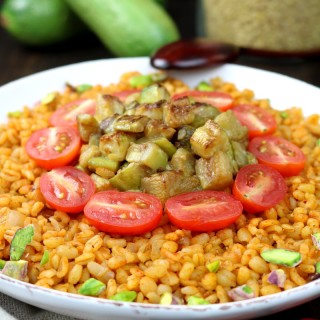
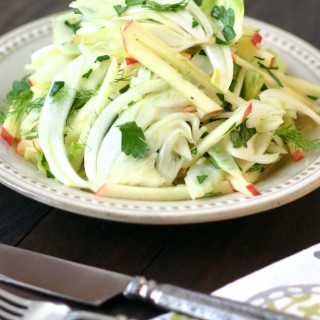
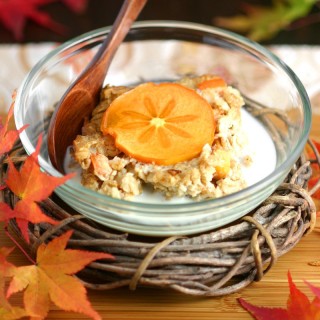
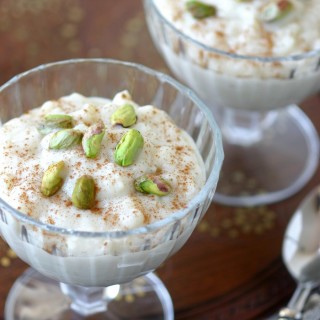
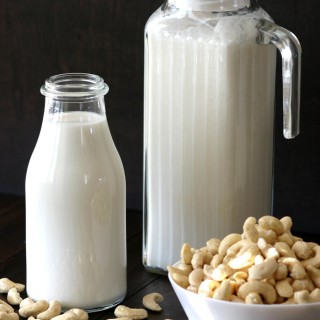
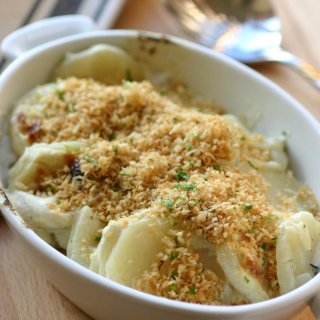
Lovely recipe! It sounds so simple because there’s even no need boil the beans
Thanks Maikki! Yes, the mung beans are not as hard as some other beans so they blend up and cook so quickly.
Omar these look so delicious. I have never before eaten Korean style moong pancakes so totally looking forward to trying!
Thanks! This one is so simple to make…a great introduction!
It sounds so good! I’d love to try brown rice flour in my Korean cooking. Do you make it on your own?
Hi Sue! I used brown rice flour to make these completely whole grain but sometimes I use white rice flour instead (or sweet rice flour). I used a commercial brown rice flour (found in the gluten-free section of supermarkets), but you can make rice flours in a high-speed blender like a Vitamix. I’ve done it before when I needed some and it worked well!
This is so lovely! (I also really appreciate the fact that you know how to type Korean–very impressive) I love nokdu bindaedduk and adding chives is a nice addition. I haven’t ever added doenjang to these before, but it sounds delicious.
I love nokdu bindaedduk and adding chives is a nice addition. I haven’t ever added doenjang to these before, but it sounds delicious.
Thanks Juhea! I taught myself hangul before a trip to Korea many years ago–it’s such a practical and straightforward writing system!
I love that fermented flavor of doenjang. If I have homemade kimchi on hand, I use some of that with its juice instead. But I always have doenjang available, so I throw in a spoonful!
These pictures made my mouth water. Love the addition of brown rice flour to keep them from falling apart. Can’t wait to make these!
Thanks Gina! Get ready to gobble them up!
Waw!
Looks delicious!!
Can you eat them cold? I’m looking for dishes to put on a buffet
Hi Chantal! Hmm… these are really best enjoyed right as they are cooked because the rice flour can tend to get rubbery when chilled, so I probably wouldn’t serve cold. Why not try one of my Spreads and Dips? They hold up really well and can be served at any temperature. Good luck!
Thanks Omar. I will definitely try spreads and dips